Featured
Goodbye to dollars? China wants yuan to be the world’s reserve currency
China is planning a broader launch date this year for Yuan-denominated gold futures contracts.

In the aftermath of WWII, the American economy was that shining city on a hill. After saving mankind from the Nazis, America had the only intact manufacturing base and was the repository for most of the world’s gold. Those circumstances propelled the U.S. dollar to world’s reserve currency status. And for the past 70 years, this status has been the cornerstone for America’s power base and hegemony around the globe.
But the 1960s ushered in a time of great fiscal mismanagement. President Johnson’s dual wars on poverty and Vietnam led to worldwide distrust about the greenback’s purchasing power in relationship to gold. This eventually led to Nixon’s baneful decision to close the gold window, which untethered the exchange between gold and the dollar.
The pillar of the dollar’s dominance had been the 1944 Bretton Woods System that pegged global currencies to the dollar, which in turn was linked to gold. After the Bretton Woods system was broken under Richard Nixon in 1971, Washington elites and OPEC created the Petrodollar system, where commerce in oil—and most commodities—was mandated to be conducted in U.S. dollars. Coupling the dollar to oil allowed the greenback and the United States to enjoy another 40 years of King Dollar.
Market dominance
This dollar dominance has given America a lot of discretion in running massive current account and fiscal deficits by enabling it to borrow money at much lower yields than would otherwise be the case without mandating foreign creditors to hold huge currency reserves.
But now the greenback’s role as the principal currency in which commodities are priced is being challenged. China is leveraging its rise as an economic power and consumer of hydrocarbons to displace the dollar’s dominance in the Persian Gulf and in the former Soviet Union. This will have a deep impact on demand for the U.S. dollar, which will in turn impact yields on Treasuries—and should ultimately threaten America’s strategic position around the world.
In what is being billed as the most important Asia-based crude oil benchmark, China is launching a crude oil futures contract priced in yuan that will be convertible into gold. And this has a lot of significance given that China is the world’s biggest oil importer. This move will allow exporters such as Russia and Iran to dodge U.S. sanctions. Not only this, but the contract will be fully convertible into gold on exchanges in Shanghai and Hong Kong. These Yuan-denominated gold futures contracts have been trading on the Shanghai Gold Exchange since April 2016, with a broader launch date set for the end of this year.
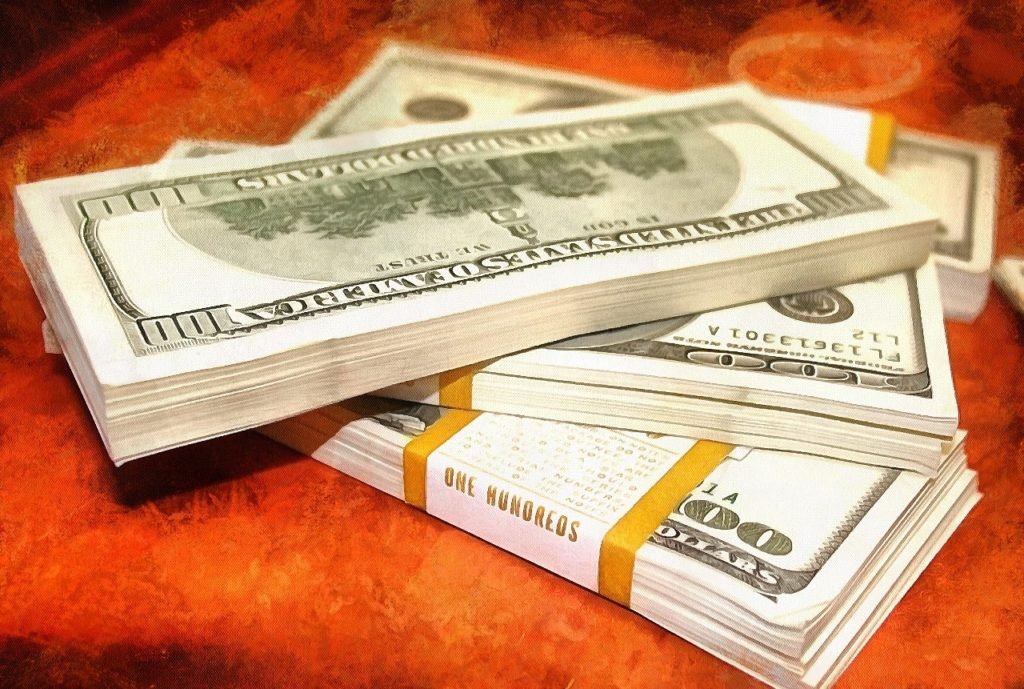
The U.S. dollar has been the dominant currency in the past 70 years. (Source)
A major player
With China challenging the United States as a major player on the global energy scene, it is also making strides on internationalizing its currency. An increasing amount of China’s trade with other countries is now issued and settled in renminbi. To better accommodate this, The People’s Bank of China (PBOC) has implemented swap arrangements with over 30 other central banks. In other words, the renminbi is making moves to become a functioning reserve currency. In fact, the yuan recently joined the International Monetary Fund’s basket of reserve currencies.
The ramifications for the dollar and bonds are clear and inextricably linked. The Siamese twins of falling dollar and bond prices will greatly exacerbate the rise of U.S. borrowing costs that will already be underway due to the Fed’s reversal of QE, which will reach $50 billion per month by the fall of 2018.
The ill-fated, dollar-denominated Treasury market is set in stone. However, if you believe the Chinese currency will seamlessly replace the dollar as the world’s reserve currency, think again. The truth is that none of these fiat currencies can really survive for very much longer. Given the record amount of global debt ($230 trillion, 320% of GDP), there is destined to be a reset of all paper currencies to once again be backed by precious metals. The golden magic here is that the money supply will be commensurate with population and productivity growth and will therefore virtually guarantee that asset bubbles and unsustainable debt levels will become a relic of the past.
The catalyst for the next crisis will be the collapse of the gargantuan bond bubble that has been carefully constructed by central banks over the past nine years. Unfortunately, this will not be a proactive or voluntary reset. It will be forced upon us once faith in central banks is shattered as the next depression overtakes the worldwide economy. The negative ramifications from governments’ annihilation of free markets are soon to be felt.
—
DISCLAIMER: This article expresses my own ideas and opinions. Any information I have shared are from sources that I believe to be reliable and accurate. I did not receive any financial compensation in writing this post, nor do I own any shares in any company I’ve mentioned. I encourage any reader to do their own diligent research first before making any investment decisions.
(Featured image by Junjiewu99 via Wikimedia Commons. CC BY-SA 4.0)

-

 Africa1 week ago
Africa1 week agoForeign Investor Activity in Morocco’s Equity Market in 2024
-

 Fintech19 hours ago
Fintech19 hours agoPayPal Under Fire: Excessive Data Collection and Privacy Concerns in Advertising
-

 Biotech1 week ago
Biotech1 week agoJohnson & Johnson’s Tecvayli Combo Shows Breakthrough Results in Multiple Myeloma
-

 Impact Investing2 weeks ago
Impact Investing2 weeks agoEU Drops 2029 Gas Boilers Ban but Ends Incentives from 2025 in Shift Toward Cleaner Heating
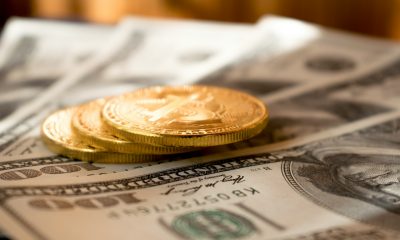

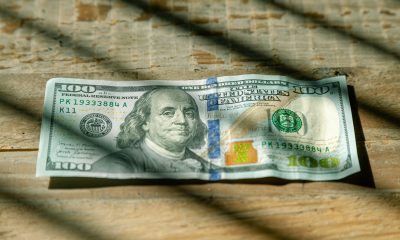

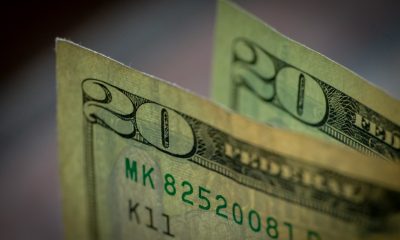



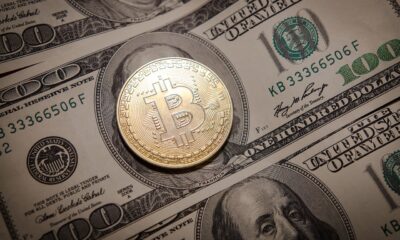
















You must be logged in to post a comment Login